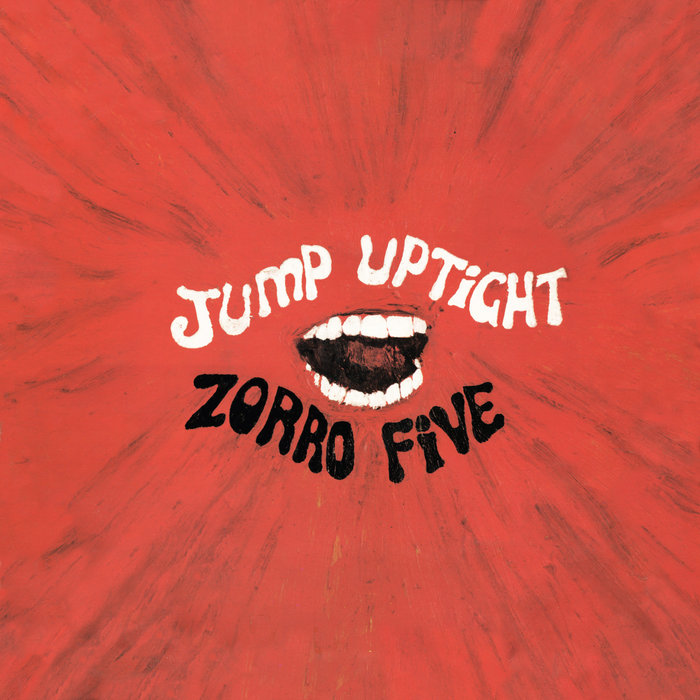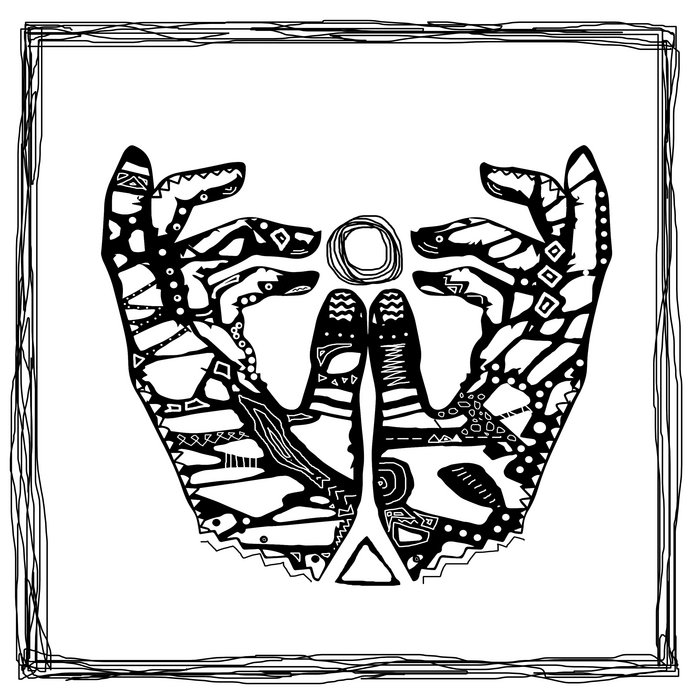
Chant for Don Cherry – Ancient Infinity Orchestra
this blog is GROOVY – check out great Soul, Funk, Jazz, Hip Hop, Bass, Breaks , Reggae, House n many more TUNES
Hey there, music lovers! Let’s take a funky ride through the world of modal music. Now, don’t sweat it if you’re not familiar with the term—it’s all about the use of musical modes beyond just your basic major and minor scales. Think of it as expanding your sonic palette while groovin’ to some fresh vibes.
The modal music journey kicks off way back in ancient times. That’s right! We can trace its roots to early civilizations like Greece where philosophers (and probably some hip cats) were jamming with different modes to evoke emotions. They weren’t just playing notes; they were on a mission—infusing tunes with feelings that would resonate through time!
In ancient Greek tradition, musicians used various modes such as Dorian, Phrygian, and Mixolydian. Each mode had its own vibe:
Can you imagine Aristotle dropping some bass lines? He’d be like “Yo, this Phrygian scale is giving me life!” But let’s fast forward a bit…
Fast forward to the medieval period—a time when monks were singing their hearts out in churches using Gregorian chants. Guess what? Those chants primarily used modal scales! It was all about evoking spirituality without the need for crazy harmonies.
Funny fact alert: Some monks took their modal studies pretty seriously—they even composed elaborate melodies called “organum.” Picture this: a monk trying to explain his song structure while another one interrupts him for an impromptu rap battle over modes! Who knew holy dudes had such rhythm?
As we jigged into the Renaissance (circa 1400-1600), composers started mixing things up more creatively with polyphony while keeping those sweet modal flavors intact. People like Josquin des Prez brought forward cool compositions that made use of these modes in ways never heard before!
By the Baroque period (1600-1750), composers like Bach started utilizing modes too—but they mixed them into their harmonic styles which gave us classics we still adore today. Ever heard Bach’s “Brandenburg Concerto”? Yup—not exclusively modal but definitely influenced by those juicy older forms!
Rumor has it Bach didn’t write ANY piece without adding at least one cheeky musical joke within it! Cuz why not? Like embedding hidden messages or references that only sharp-eared listeners could catch—talk about being ahead of his time!
Zooming ahead to the 20th century, things got super wild in jazz circles where improvisation ruled supreme! Enter musicians like Miles Davis. With albums like “Kind of Blue,” he took modal jazz and launched it into orbit—a masterpiece that captures pure emotion without following traditional chord progressions.
Ever hear of his infamous advice on how he sought inspiration?! Sometimes he’d just stare at blank walls until inspiration sparked… Sounds easy-peasy until you realize staring contests are hard for everyone else around him cranking out killer solos beside him!
But wait—there’s more fun facts coming straight from jazzy legends:
Not long after jazz crept onto every hip street corner came rock ‘n’ roll…and guess who snatched up those slick modal techniques? Icons like The Doors, who infused songs such as “Light My Fire” with tasty Mixolydian riffs—those grooves kept heads bopping through late nights across America.
Adding humor again here—the band reportedly had huge debates about which type of potato salad made best snacks backstage before shows—you know how important carb loading is pre-performance??
Today modalities are everywhere—from indie folk artists crafting poignant ballads steeped deeply within emotional tones created using Lydian scale transitions—to electronic DJs layering beats inspired by centuries-old theory yet making magic sound fresh under neon lights sprawling late-night dance floors worldwide.
So next time you’re vibing out listening to anything remotely modal…don’t forget about all those past legends bringing flavor along—and perhaps laugh imagining what quirky interactions occurred between them throughout history because hey—it’s ALL part Of our funky musical tapestry we call life today!
Keep jamming and stay curious 🎶✨

Chant for Don Cherry – Ancient Infinity Orchestra

Kusile Dale – The Play Singer

Reggae Meadowlands – Zorro Five

Archaic Morning – Collocutor

One Night in Pelican – Matsuli Music